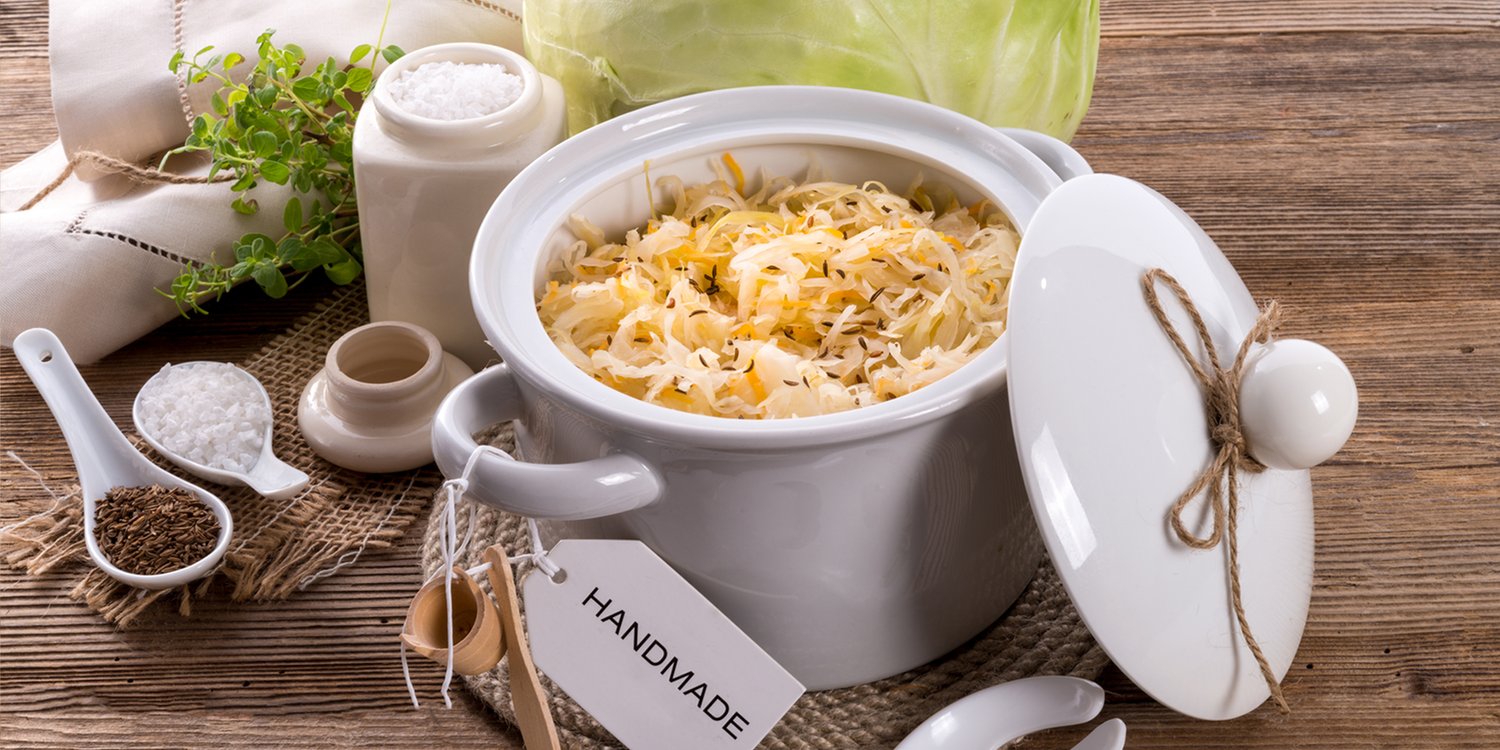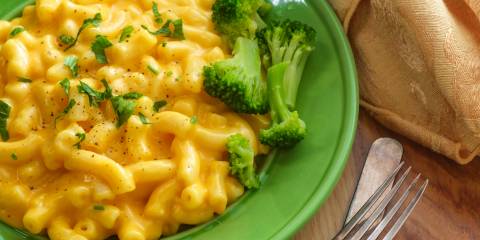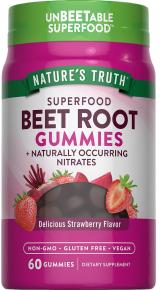Braised Sauerkraut
with Apples and Cider

- 2 Tbsp olive oil
- 1 1⁄2 tsp cumin seeds
- 2 Granny Smith or other tart apples, peeled and thinly sliced
- 3 cups drained sauerkraut, store-bought (from a 11⁄2-lb jar)*
- 1 1⁄2 cups apple cider
- 1⁄2 tsp freshly ground black pepper
- Put oil and cumin seeds in a large (12 inches or wider), deep frying pan and place over medium heat. When seeds start to sizzle, add apples and cook, stirring occasionally, for about 2 minutes, until apples start to soften.
- Stir in sauerkraut and cider and bring to a simmer. Adjust heat to maintain a simmer, cover partially, and cook for about 15 minutes, until apples are just tender. If more than a little liquid remains, uncover pan and simmer vigorously for a few more minutes to reduce liquid. (This is a matter of personal preference, however. If you like more liquid, you can leave it.)
- Stir in pepper. Serve hot or at room temperature. The sauerkraut will keep, tightly covered, in the refrigerator for up to 3 days. Reheat before serving.

Acclaimed by doctors and nutritionists for their powerful health benefits, brassicas such as kale, Brussels sprouts, cauliflower, broccoli, and cabbage can also be the most delicious part of your meal when properly prepared.
The 80 inventive recipes in this book play to each vegetable’s strengths, favoring techniques that celebrate their intrinsic flavors instead of masking them under layers of cheese or boiling them to death. Think of the inherent sweetness that can be coaxed from perfectly roasted Brussels sprouts, or the bright, peppery punch of a watercress and arugula salad.
Straightforward cooking methods like roasting, sautéing, pickling, and stir-frying transform brassicas into satisfying dishes.
Laura B. Russell
Laura Russell is a writer and recipe developer based in Portland, Oregon.
She is the author of Brassicas and The Gluten-Free Asian Kitchen, and former associate editor of the cookbook division of Food & Wine.
You might also like...
Don't Miss a Thing!
Get the latest articles, recipes, and more, when you sign up for the tasteforlife.com newsletter.



